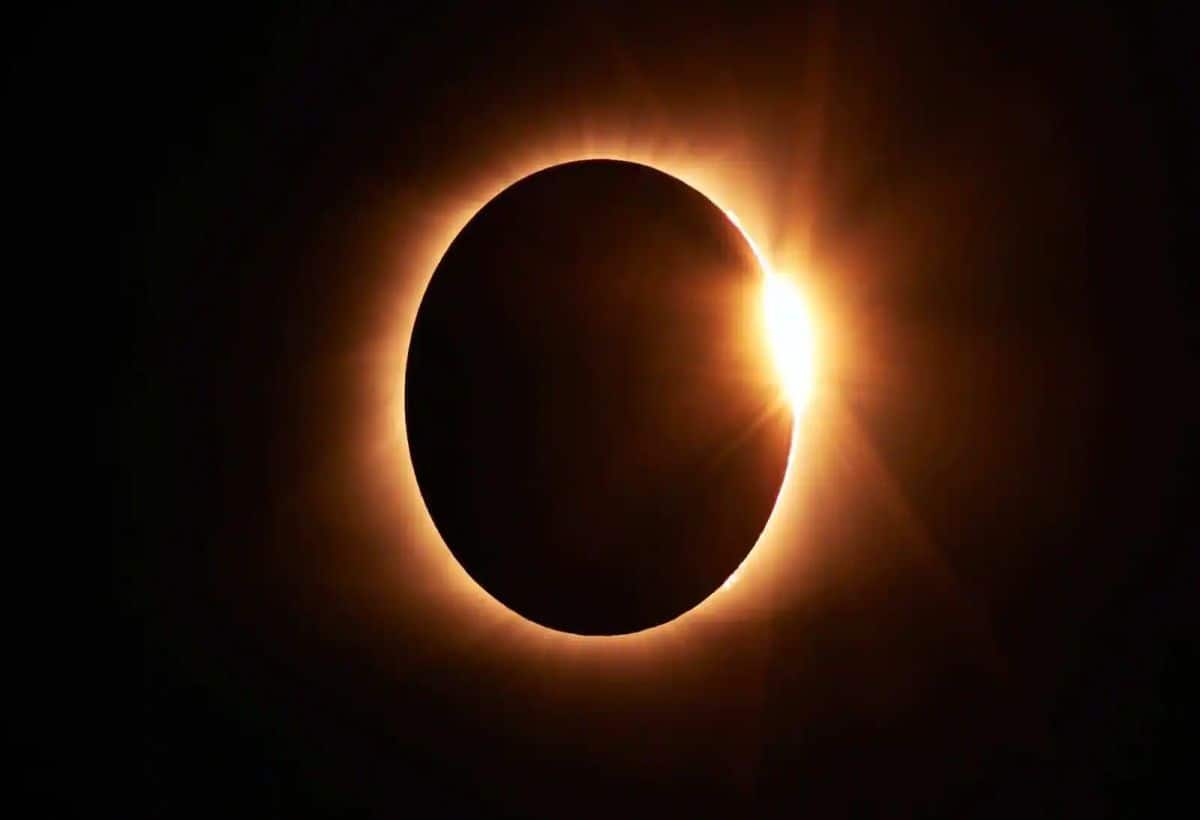October 2024 is set to be a remarkable month, particularly due to the occurrence of a significant astronomical event. On October 2, a stunning annular solar eclipse will grace the skies, creating a spectacular visual phenomenon often referred to as the “ring of fire.” This event coincides with Pitru Amavasya, a day of remembrance for ancestors, and will begin at 9:47 PM IST and conclude on October 3 at 3:17 AM IST. It’s essential to note that the Sutak period, which is believed to carry inauspicious vibes, will commence 12 hours prior to the eclipse.
Where Will the Solar Eclipse Be Visible?
This year’s annular solar eclipse will be visible from various regions, including:
| Region | Visibility |
|---|---|
| North America | Yes |
| Argentina | Yes |
| Antarctica | Yes |
| Uruguay | Yes |
| Honolulu | Yes |
| Buenos Aires | Yes |
| Arctic Regions | Yes |
| Pacific Ocean | Yes |
| Peru | Yes |
| Chile | Yes |
| Philippines | Yes |
Unfortunately for those in India, the eclipse will not be visible, rendering the Sutak period irrelevant for the region.
Understanding the Solar Eclipse
A solar eclipse occurs when the Moon moves between the Earth and the Sun, blocking sunlight from reaching the Earth. This celestial event can only take place on a new moon day, known as Amavasya, when the Moon is properly aligned with the Earth and Sun.
There are three main types of solar eclipses:
- Partial Solar Eclipse: Only part of the Sun is obscured by the Moon.
- Annular Solar Eclipse: The Moon covers the Sun’s center, leaving a ring-like appearance.
- Total Solar Eclipse: The Moon completely covers the Sun, causing darkness in the day.
What is the Ring of Fire?
The phenomenon known as the “ring of fire” occurs during an annular solar eclipse when the Moon is at a distance such that it appears smaller than the Sun. This creates a stunning visual effect where the edges of the Sun remain visible as a bright ring surrounding the dark Moon. This mesmerizing display can last for over six hours, although observers in India will not be able to witness it, as the eclipse will predominantly occur in South America.
Lunar vs. Solar Eclipses
Interestingly, lunar eclipses occur more frequently than solar eclipses. This is because lunar eclipses can be observed from any location on the night side of the Earth, making them visible to a broader audience. In contrast, solar eclipses are only visible from limited areas on the Earth’s surface, often spanning a narrow path of visibility.
As the solar eclipse approaches, it serves as an excellent reminder of the intricate dance of celestial bodies and the fascinating phenomena they create. Observers around the world should prepare to enjoy this spectacular moment while remaining mindful of the cultural significance it holds.











